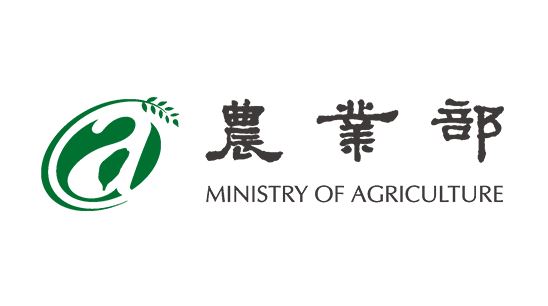Flowering of Leucanthemum ×superbum `Snowcap' in Response to Photoperiod and Cold Treatment
`Snowcap' Shasta daisy was grown under various photoperiods and temperatures to determine their effects on flowering. In the first experiment, plants were held for 0 or 15 weeks at 5 °C andthen were grown at 20 °C under the following photoperiods: 10, 12, 13, 14, 16, or 24 hours of continuous light or 9 hours with a 4-hour night interruption (NI) in the middle of the dark period. Without cold treatment, no plants flowered under photoperiods ≤14 hours and 65% to 95% flowered under longer photoperiods or NI. After 15 weeks at 5 °C, all plants flowered under all photoperiods and developed three to four or 10 to 11 inflorescences under photoperiods ≤14 or ≥16 hours, respectively. To determine the duration of cold treatment required for flowering under short photoperiods, a second experiment was conducted in which plants were treated for 0, 3, 6, 9, 12, or 15 weeks at 5 °C, and then grown at 20 °C under 9-hour days without or with a 4-hour NI. Under 9-hour photoperiods, 0%, 80%, or 100% of plants flowered after 0, 3, or ≥6 weeks at 5 °C, and time toflower decreased from 103 to 57 days as the time at 5 °C increased from 3 to 12 weeks. Plants that were under NI and received ≥3 weeks of coldflowered in 45 to 55 days. For complete and rapid flowering with a high flower count, we recommend cold-treating `Snowcap' for at least 6 weeks, then providing photoperiods ≥16 hours or a 4-hour NI during forcing.
知識樹分類
生產者知識庫 > 園藝類
生產者知識庫 > 園藝類 > 菊
相關檔案下載
- 農民輔導與推廣服務- 臺灣蠶蜂昆蟲教育園區榮獲112 年度環境教育設施場所評鑑優異獎113/11/20
- 農業淨零碳排- 地被植物對增加果園土壤固碳之應用研究113/11/20
- 農業生態與國土綠色網絡- 苗栗縣西湖鄉文旦產區長期生態調查113/11/20
- 土壤肥料與農業機械-促進瓜果類作物抗逆境複方微生物堆肥之研發113/11/20
- 生物防治與植物保護研發應用-開發草莓潛伏性病害檢測技術及導入抗感病快篩技術於耐病育種113/11/20
- 蠶蜂及生物技術研發-二化性家蠶種原延長冷藏保存關鍵技術之研究113/11/20
- 夢幻藍之蝴蝶蘭育種(中)113/11/12
- 高屏地區小果番茄防減災措施113/11/12
- 文心蘭自動化水養液噴灌系統介紹113/11/12
- 西瓜栽培管理.pdf113/11/04






